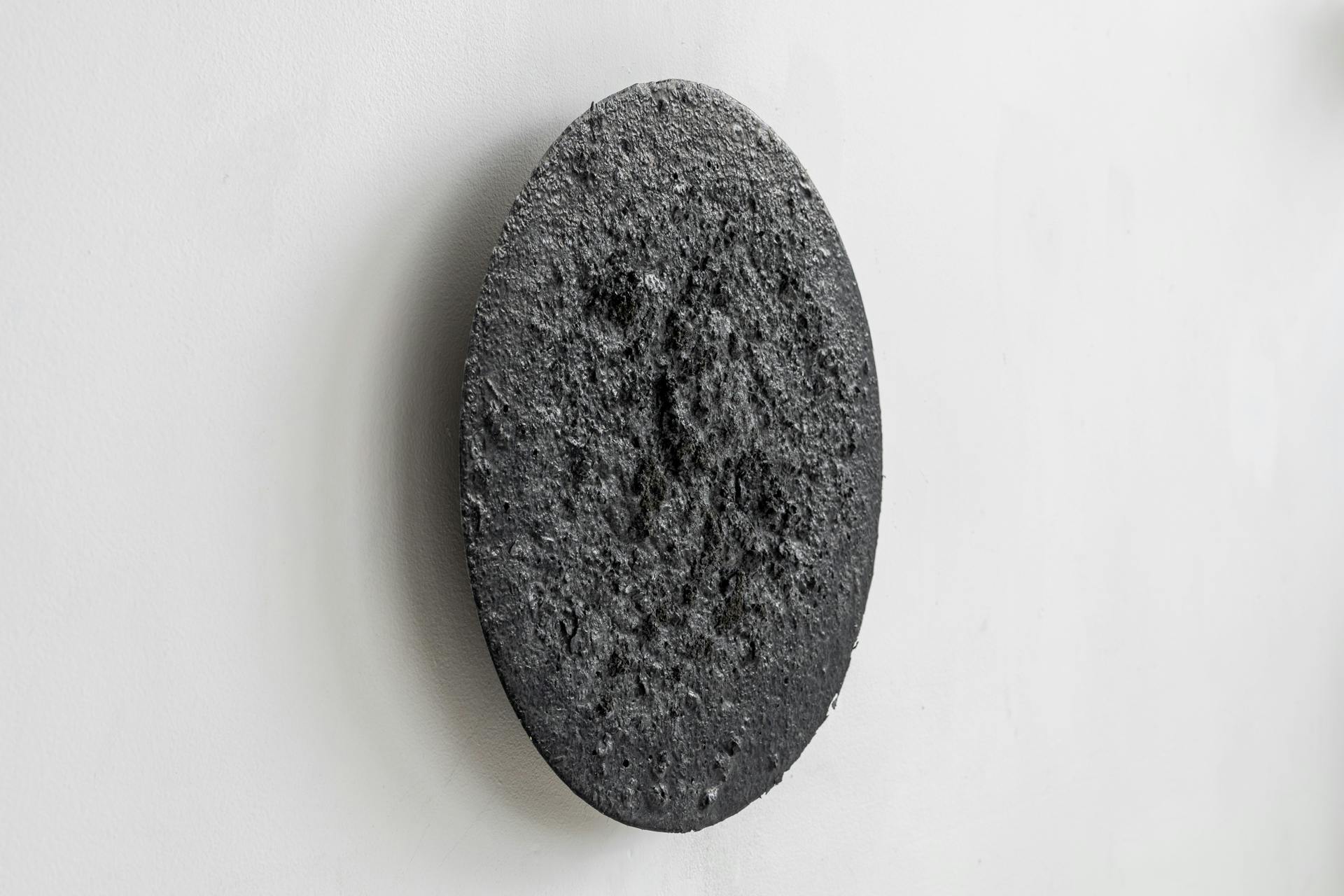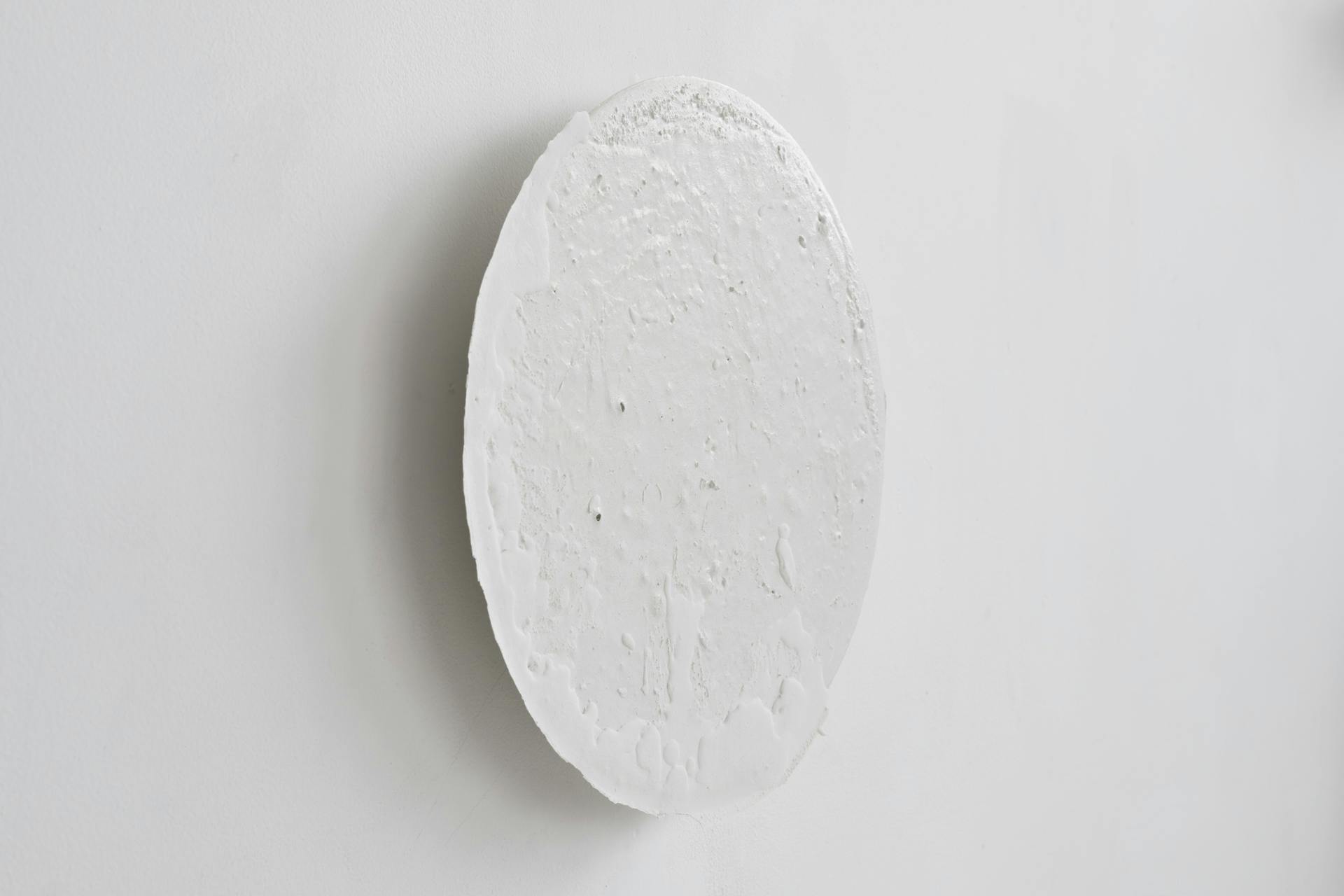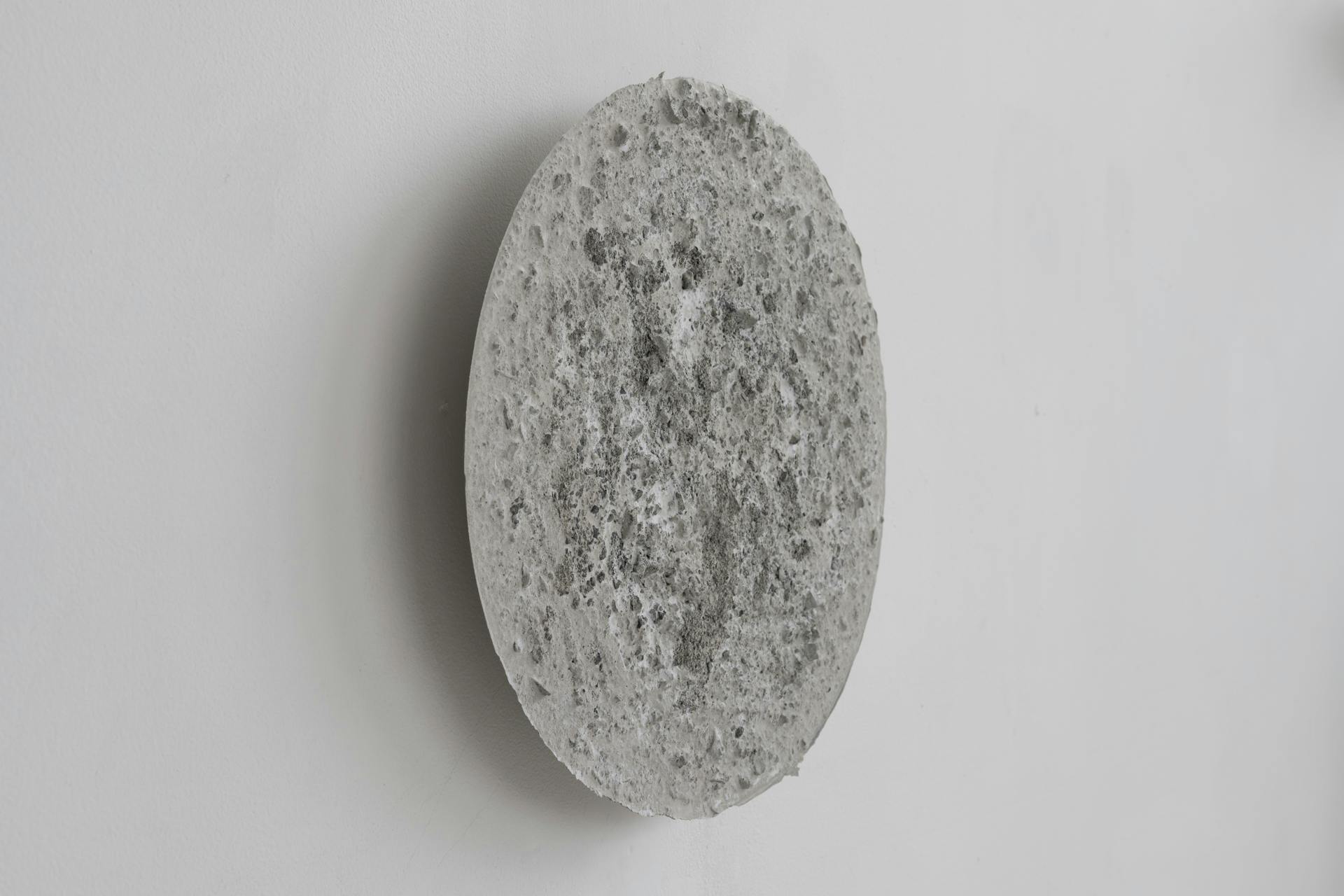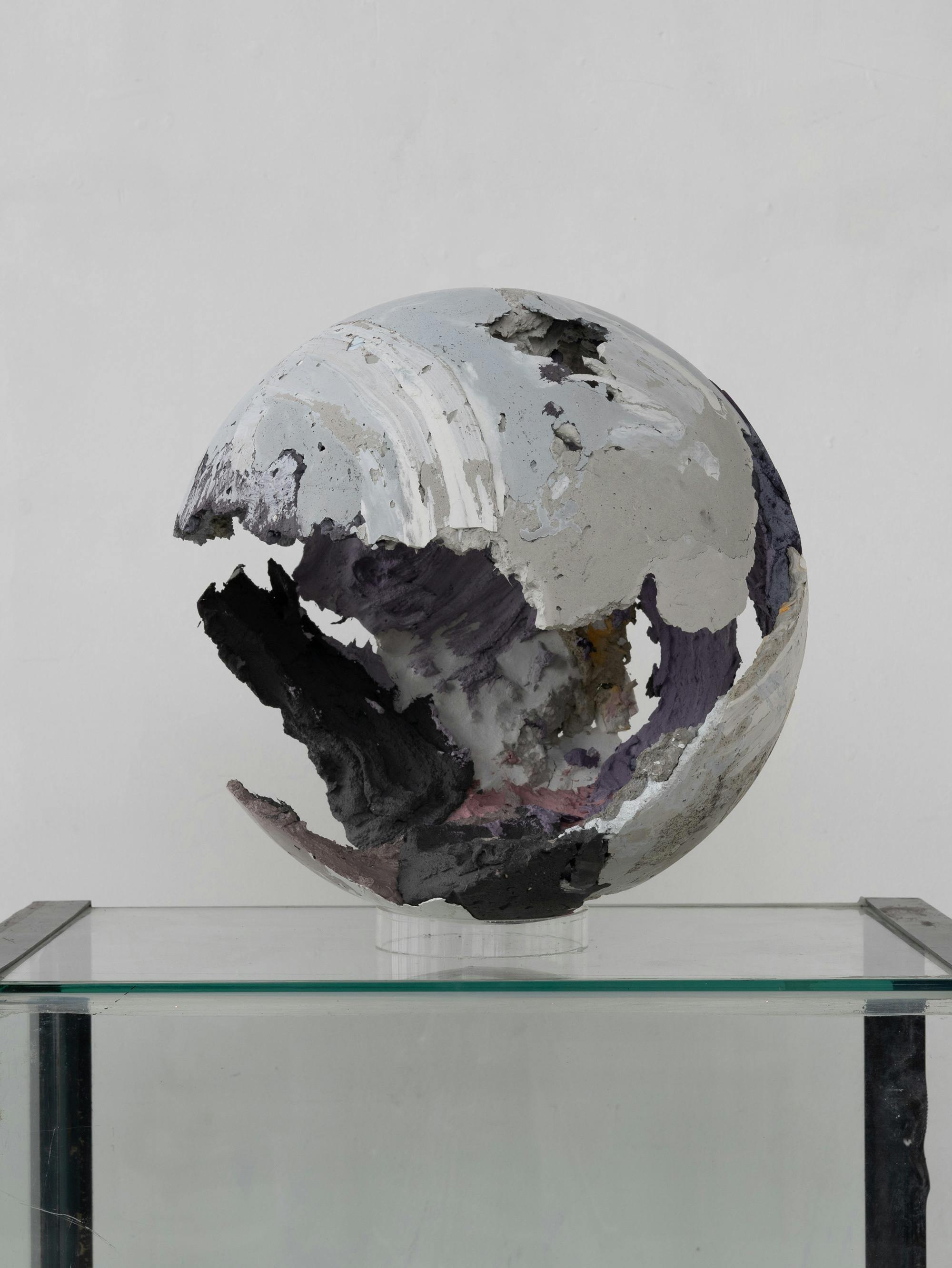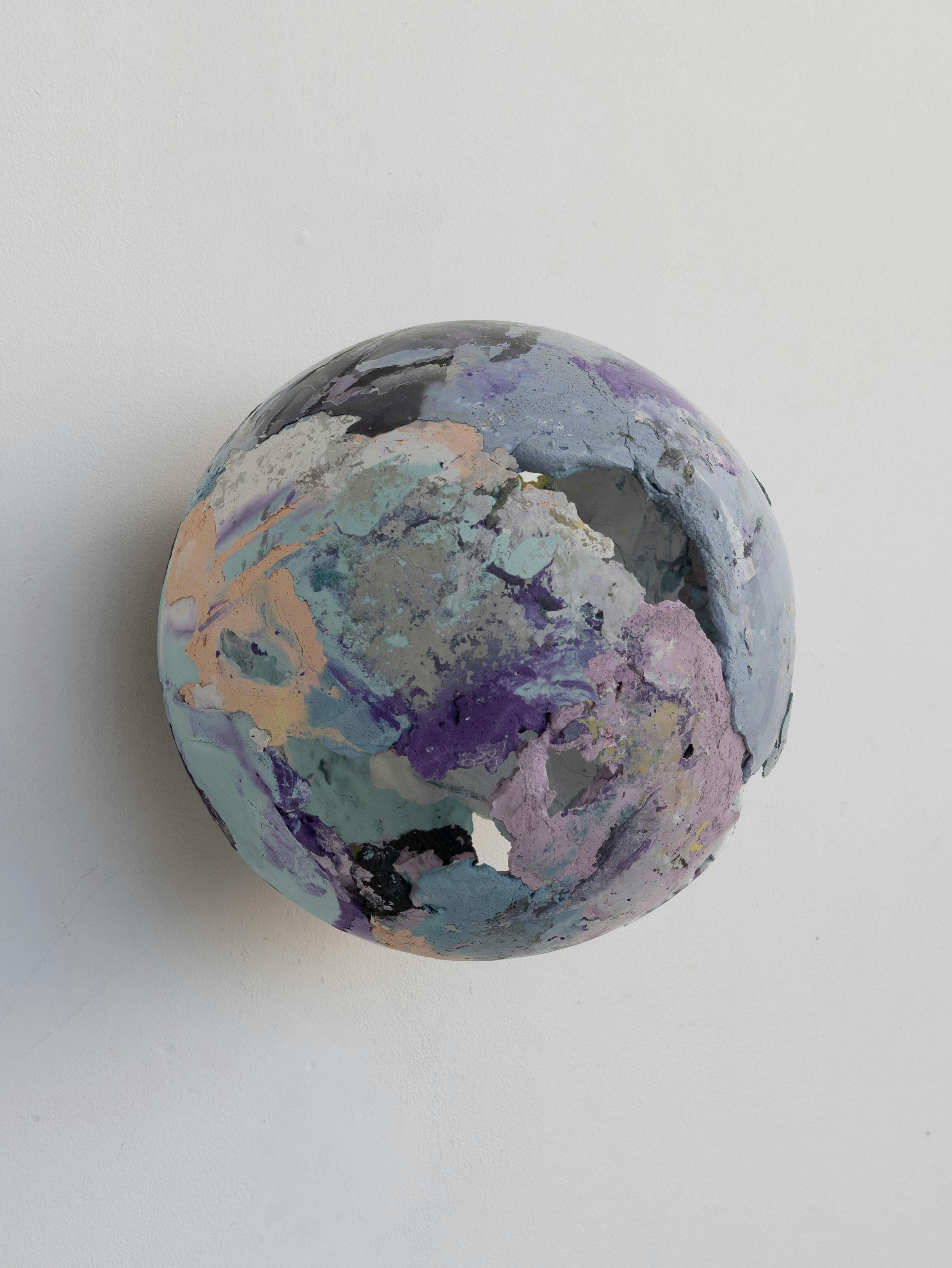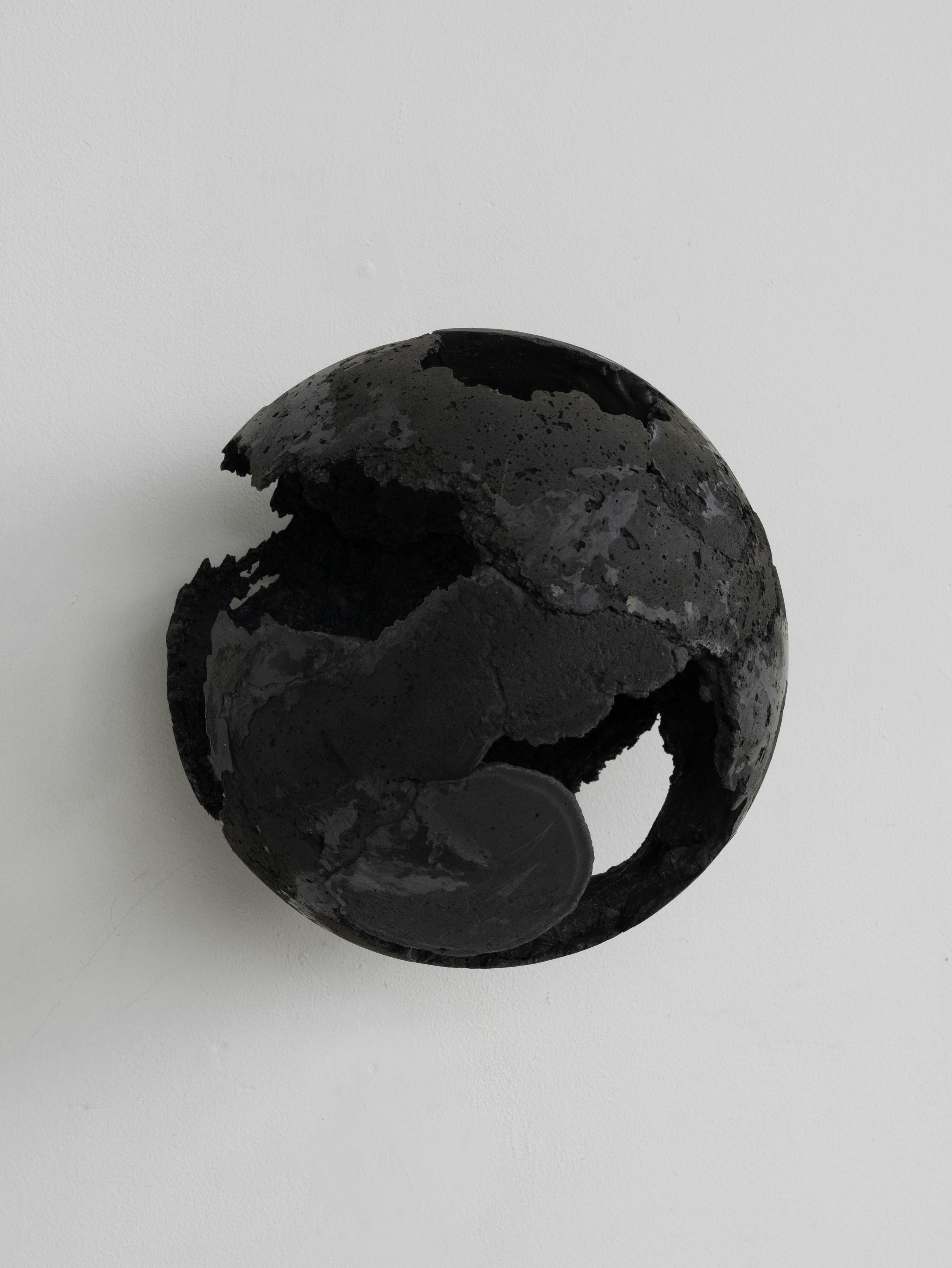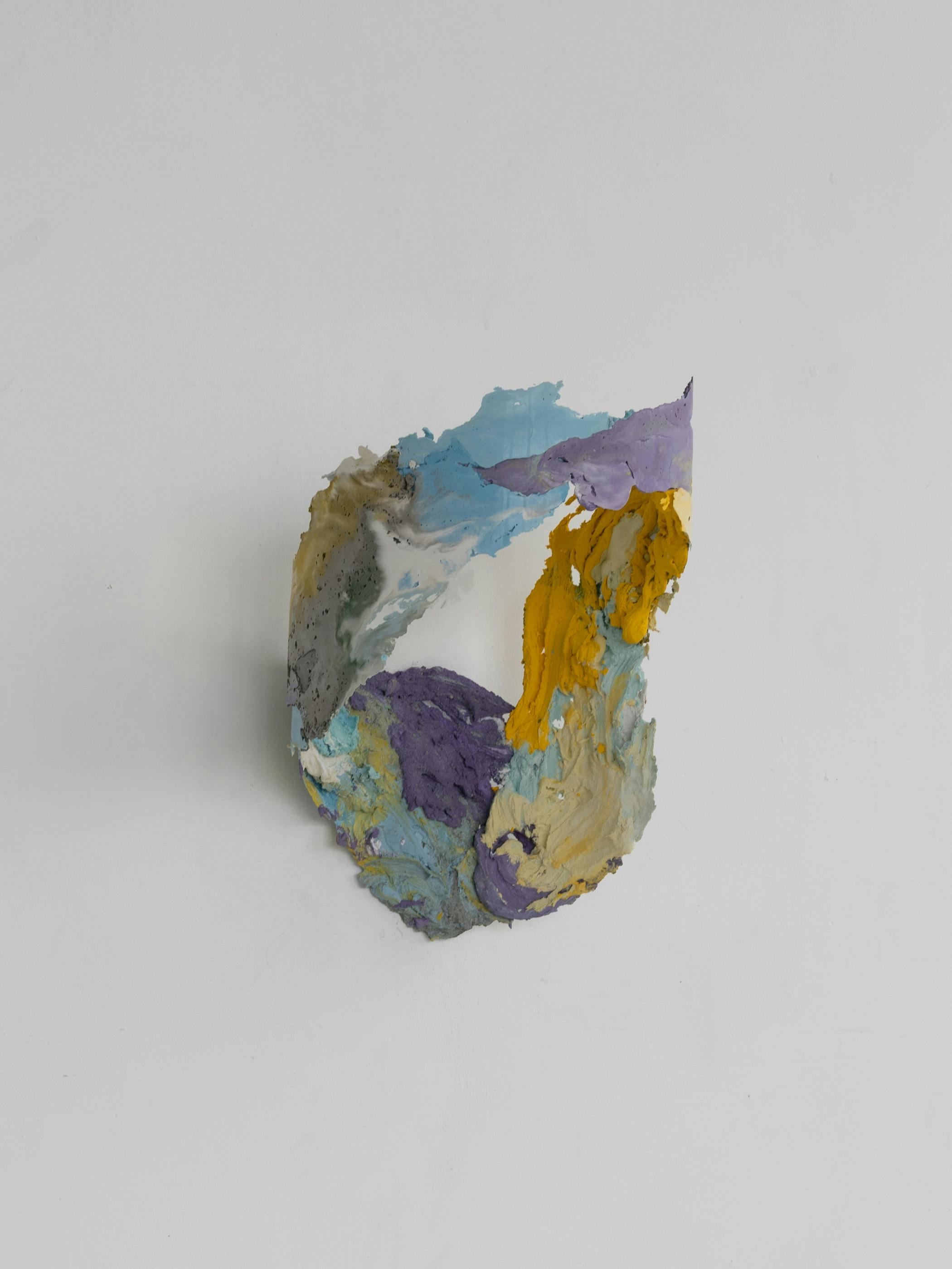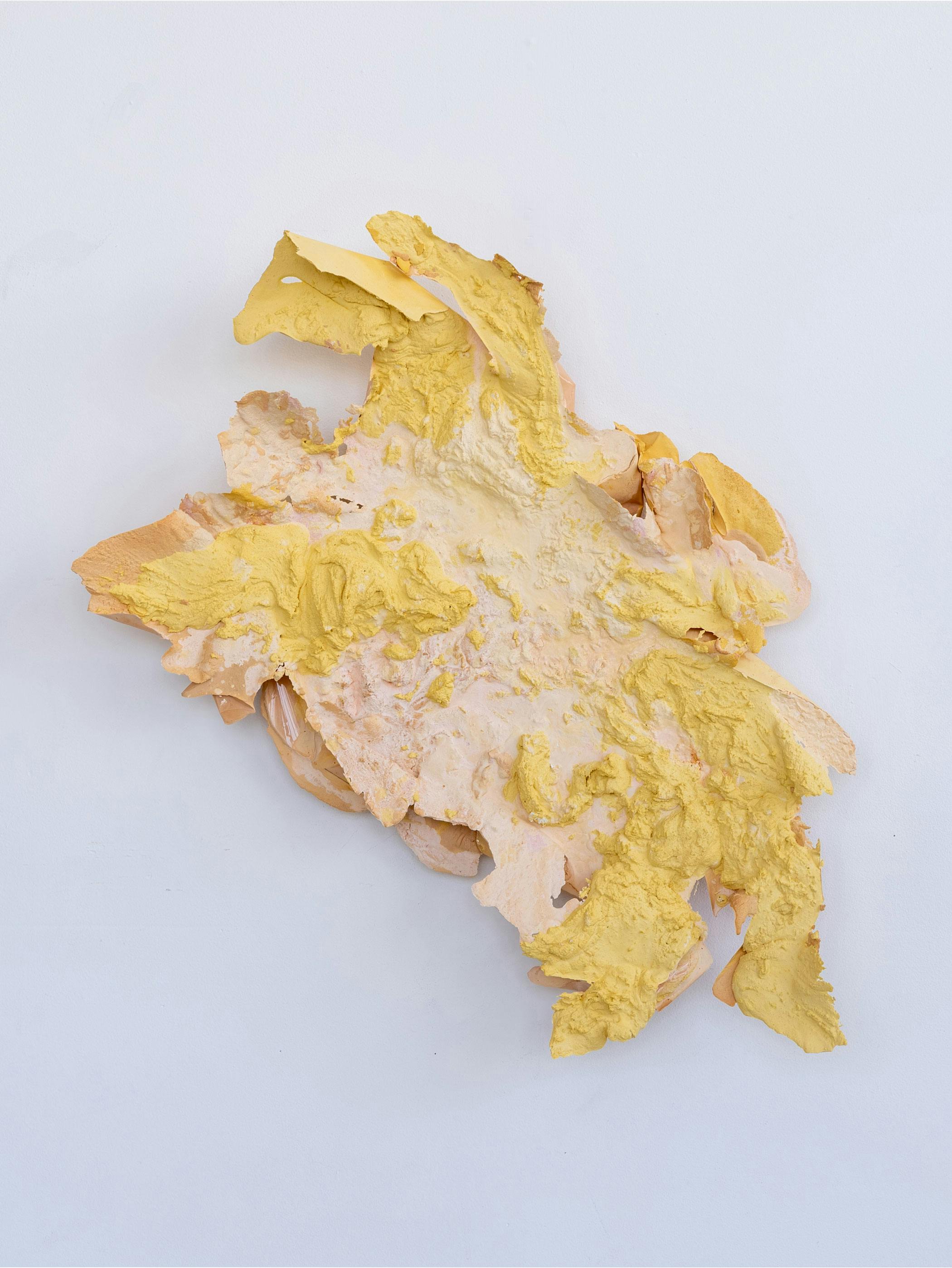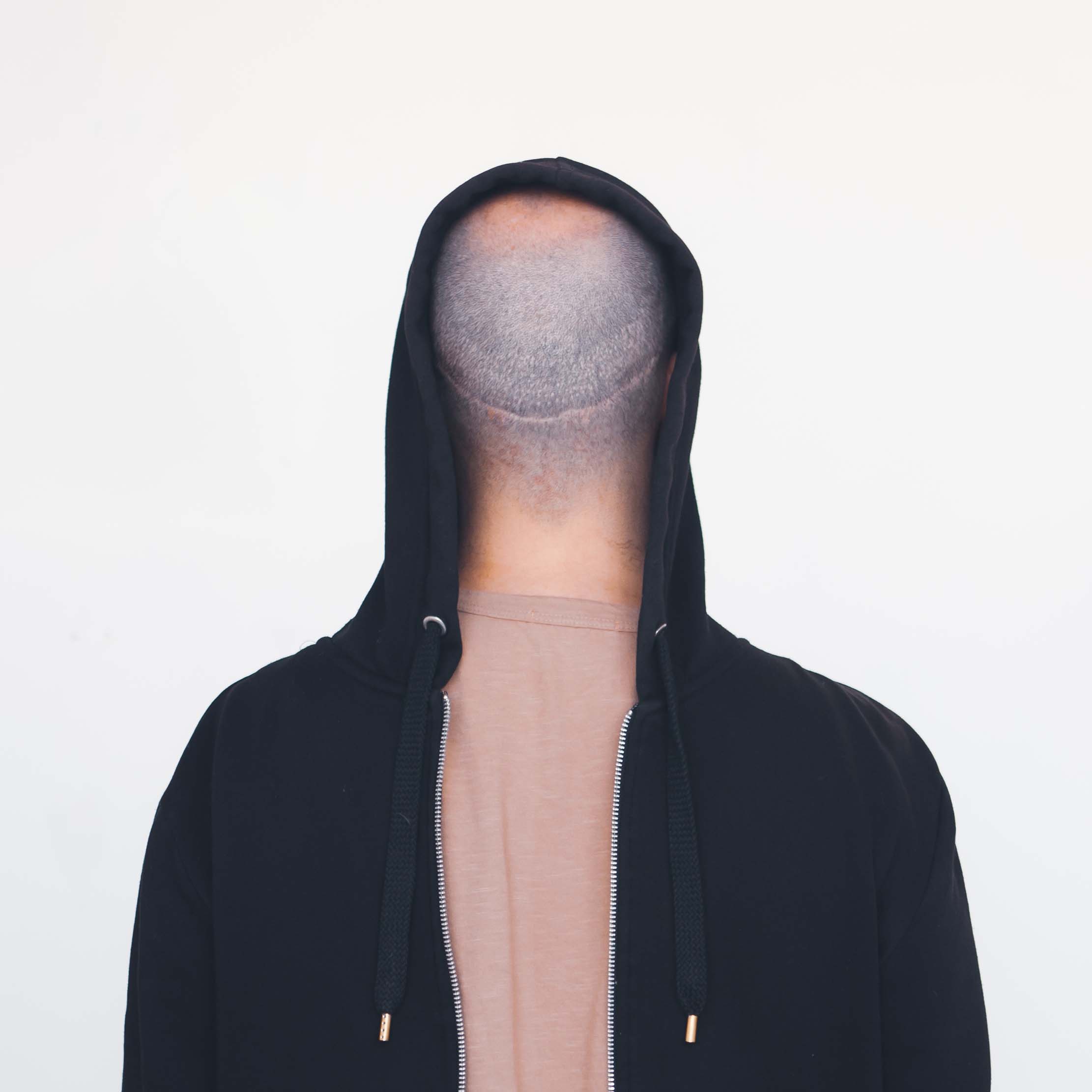
Artist Profile
Otero Fuentes
Miguel A Otero Fuentes is a Puerto Rico-born USA migrant, a university trained architect specializing in facade design, and a self-taught sculptor. The intersection of these experiences informs art projects that are designed to stimulate human perception, and aimed to communicate thought-provoking abstract views using light, space, shape, number, and meaning.
CV
Education
2012 - 2014 Georgia Institute of Technology - Atlanta, GA / Master of Architecture
2009 - 2011 University of Puerto Rico - San Juan, PR / BA in Environmental Design
Select Exhibitions
2022 Casa Muza / Ciclos / Brooklyn, NY
2021 Equity Gallery / I I I / New York, NY
2021 DorDor Gallery / Connect / Brooklyn, NY
2020 Lichtundfire + ChaShaMa (Union Square) / Intersections / New York, NY
2020 Brooklyn Collected Show / Nascent art NY / Brooklyn, NY
2020 Lichtundfire / Suspended Universe / New York, NY
2019 Denise Bibro Fine Art / Art from the Boros / New York, NY
2019 Land Art Generator: World Energy Congress / Abu Dahbi, Dubai
2019 Unarthodox / F The Art World / New York, NY
2019 Dacia Gallery / Lower East Side Group Show / New York, NY
2018 Agora Gallery / The Latin American Contemporary Fine Art Competition / New York, NY
2018 Prince Street Gallery / Paper Works - Group Show / New York, NY
2018 Brooklyn Art Cluster / Zoom In; Zoom Out - Group Show / Brooklyn, NY
2017 Projects Gallery - Aqua Art Miami / Group Exhibition / Miami, FL
Experience
2015 - Present Otero Fuentes XYZ - New York, NY / [7Y] / Sculptor
2022 - Present New York Artist Equity - New York, NY / Board Member
2015 - 2022 Front Inc - New York, NY / [6.8Y] / Facade Designer, Associate
2014 - 2015 Portman Architects - Atlanta, GA / Architectural Designer
Press
LUCHEN FW22 Runway Show / 2022 / VOGUE
III: Abstraction, Utopia, and The Right to Roam / 2021 / review by Michael Gormley
The Pieces That Bind: The Sculpture of Miguel Otero Fuentes / 2019 / ARTFIXdaily
Artist Statement:
Otero Fuentes’ work oscillates between the visible and the invisible. He delves beyond the mere appearance of the physical realm to discover a grand design informed by a higher intelligence and a spiritual order.
The utilitarian materials used to create the work, such as concrete, set forth an egalitarian, anti-elitist stance. Not only are these materials endemic to his architecture work; employed in art works, their familiar and humble construction, deconstructs the haughty complexity of fine art –and renders the work accessible to everyone. Lastly, the work exploits simple geometric forms, such as spheres, squares, and triangles to further heighten this sense of the familiar. But unbeknownst to the participant, these forms are constructed following ratios that appear in nature; for example, shapes will be composed from relationships taken from the Earth:Moon proportion; hence these sculpted forms radiate a sense of perfection that intimates the divine order of the universe.
